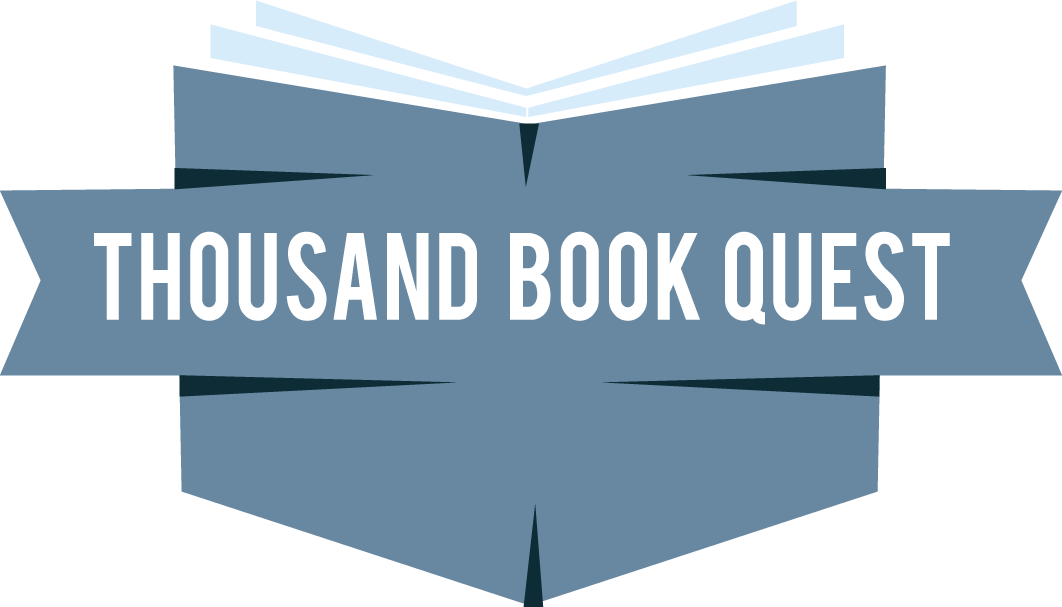472. The Ascent of Money
Rating: ☆☆☆
Recommended by:
Author: Niall Ferguson
Genre: Non Fiction, Economics, History, Business, Finance
442 pages, published November 13, 2008
Reading Format: Audiobook on Hoopla
Summary
In The Ascent of Money, Scottish historian Niall Ferguson writes about the human story behind the evolution of finance, from its origins in ancient Mesopotamia to its recent impact on our modern world. Ferguson demonstrates that finance is the foundation of human progress and that financial history underlies all human history. He specifically looks at the following questions: What is money? What do banks do? What’s the difference between a stock and a bond? Why buy insurance or real estate? And what exactly does a hedge fund do?
Quotes
“The ascent of money has been essential to the ascent of man.”
“Money, it is conventional to argue, is a medium of exchange, which has the advantage of eliminating inefficiencies of barter; a unit of account, which facilitates valuation and calculation; and a store of value, which allows economic transactions to be conducted over long periods as well as geographical distances. To perform all these functions optimally, money has to be available, affordable, durable, fungible, portable and reliable.”
“there really is no such thing as ‘the future’, singular. There are only multiple, unforeseeable futures, which will never lose their capacity to take us by surprise.”
“only when savers can put their money in reliable banks that it can be channelled from the idle to the industrious.”
“poverty is not the result of rapacious financiers exploiting the poor. It has much more to do with the lack of financial institutions, with the absence of banks, not their presence. Only when borrowers have access to efficient credit networks can they escape from the clutches of loan sharks, and only when savers can deposit their money in reliable banks can it be channeled from the idle rich to the industrious poor.”
“perennial truths of financial history. Sooner or later every bubble bursts. Sooner or later the bearish sellers outnumber the bullish buyers. Sooner or later greed turns to fear.”
“The subprime butterfly had flapped its wings and triggered a global hurricane.”
My Take
While there are some interesting ideas and food for thought in The Ascent of Money, it is too long and would benefit tremendously from some heavy editing.
